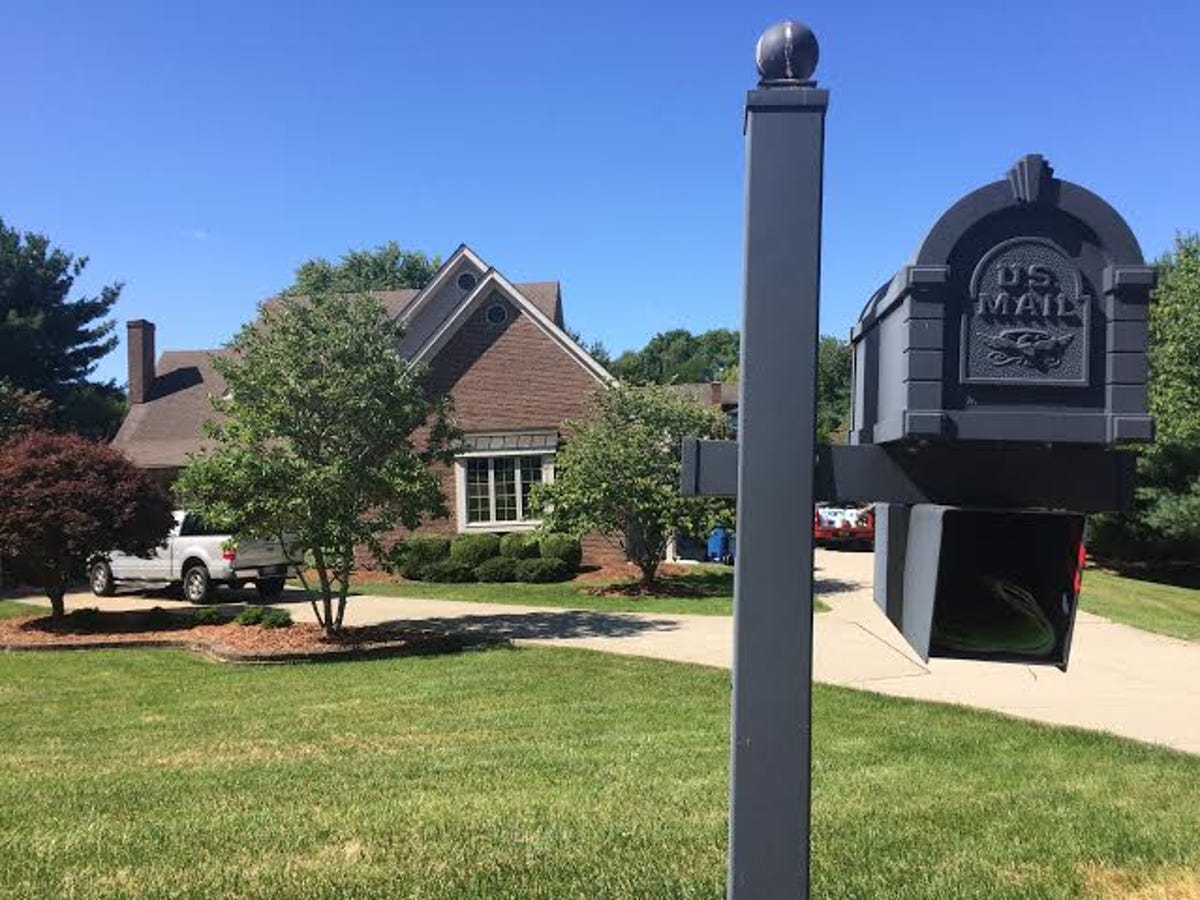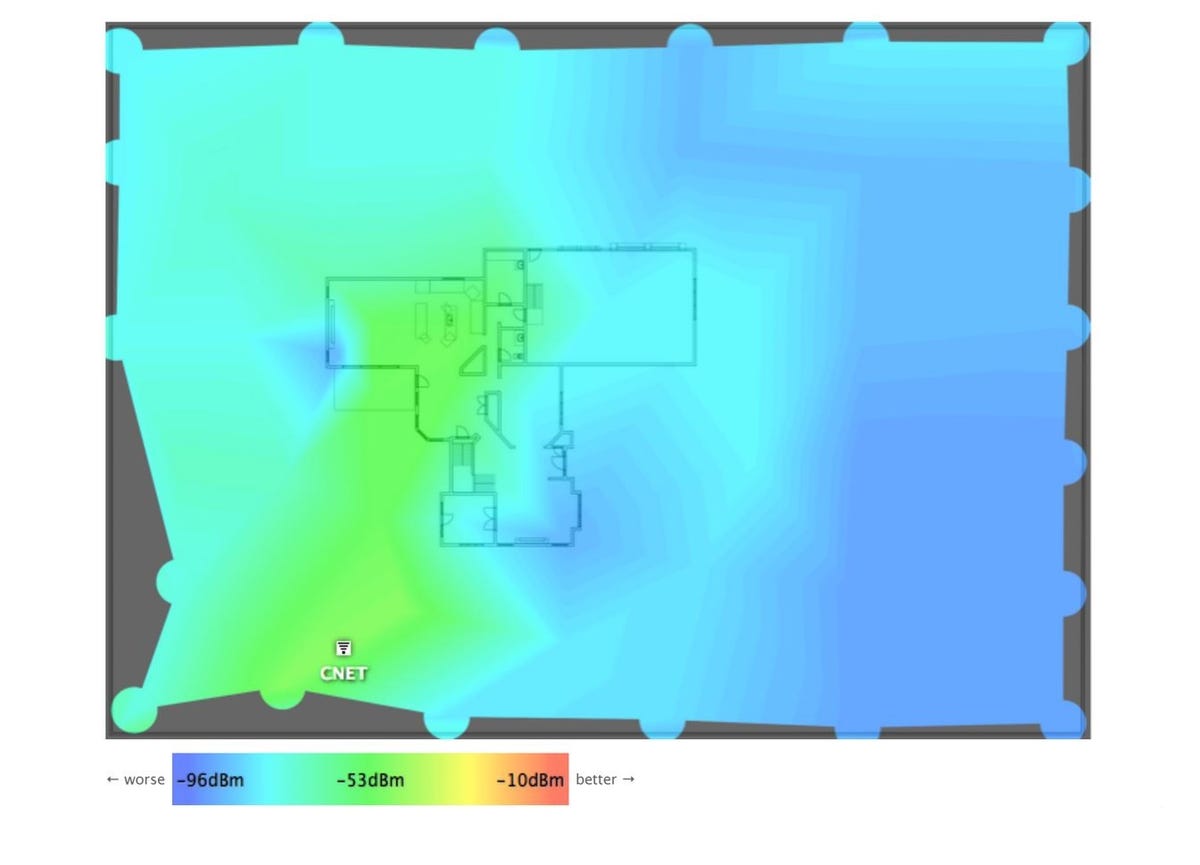A Wi-Fi network fit for the CNET Smart Home (pictures)
Corner to corner coverage across a 43,000 square foot property? The CNET Smart Home team is on it.

From the front yard to the back yard and everything in between...
The CNET Smart Home is here, and in the months ahead, we'll be using it as a test space for all sorts of connected gadgets. But before we get to work, we need to be sure the Wi-Fi network can handle everything we'll be throwing at it.
Start with a survey
Our first step is to walk the premises with a surveying tool to get a better sense of how much space we're talking about covering. It's a one-acre lot -- more than 43,000 square feet.
Outdoor tech
Why worry about Wi-Fi in the yard? Well, we've already tested plenty of outdoor home gadgets that need Wi-Fi in order to run -- products like the Edyn garden sensor and the Lifx color-changing LED bulb. And don't even get us started on robo mowers...
Business in the front, party in the back
There's need for strong Wi-Fi in the back yard, too. Our pool is just begging us to host a backyard barbecue or two, and we plan on smartening them all up with Wi-Fi-enabled smart speakers and party lighting.
Smarter grilling
And don't forget the barbecue itself. Upgrading to a smart grill with Wi-Fi powered smarts is a very real possibility.
Getting to work
With the premises mapped out, we imported the data into a free program called NetSpot that lets us track our signal strength from location to location. Time to walk the grounds again, this time with laptops in tow.

The results
Here's our final "heat map" of our router's signal strength. Way too much blue, especially in the front yard (the right side). We'll need to do a lot better.
Wi-Fi for the garage, too
The garage, that large room at the upper right corner of the house, is also much too blue. We'll be installing smart garage door openers and tinkering around with connected car tech, so boosting the signal in here is another must.
New hardware
With a better understanding of the task at hand, we turned to CNET router expert Dong Ngo. He recommended this model, the Asus RT-AC87U. We bought two of them -- one to replace our router, and another to serve as a repeater in another part of the house.
Smart power strips
We also picked up some smart power strips that claim to double as Wi-Fi extenders. We could use those to fill in any gaps in our coverage map as needed.
Green is good
On the left, the heat map for the main router. On the right, the heat map for the second. Put them together, and you're looking at comprehensive coverage across the entire property. Those power strips turned out to be unnecessary.
Down in the basement
Here's the map of the basement. Coverage is pretty decent down here, too -- but we have plans to make it even better.
Looking ahead
There's still lots of work to do to turn this house into the CNET Smart Home -- we'll be documenting the journey each step of the way, with in-depth looks at how everything works, comprehensive product reviews, and helpful how-to content. Stay tuned!

